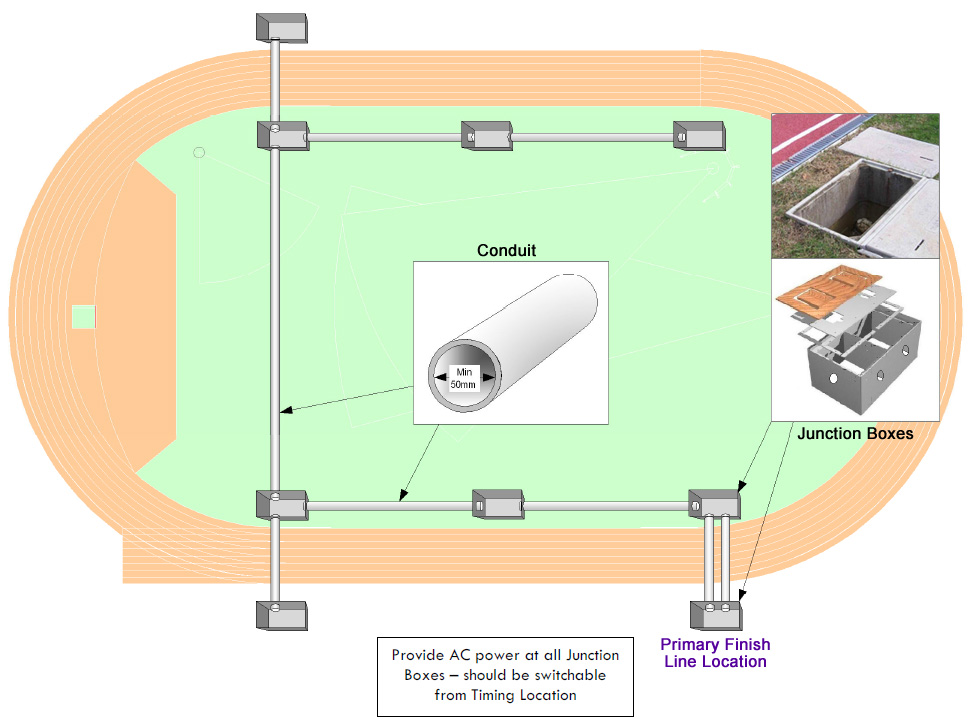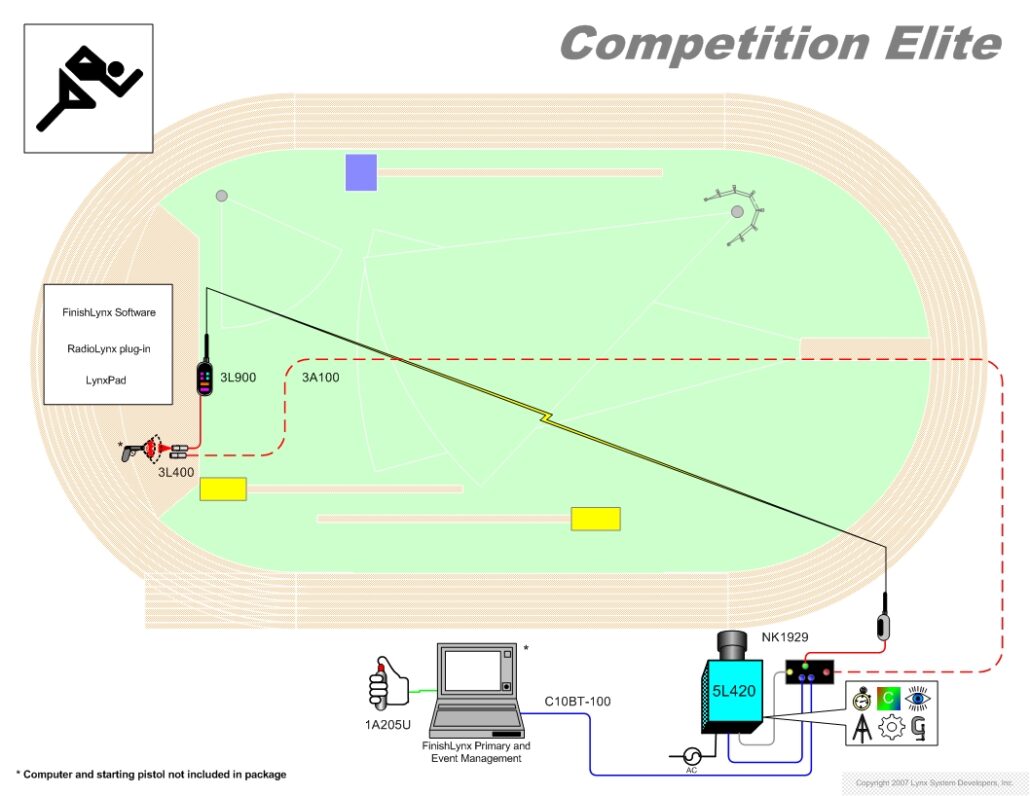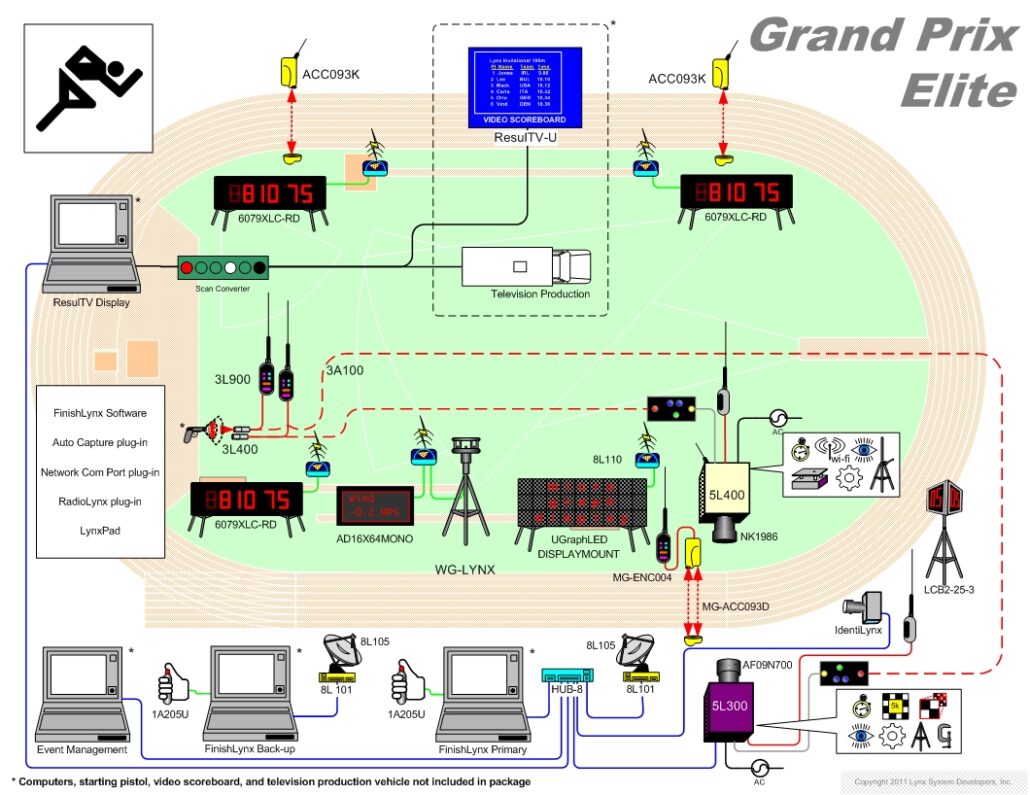CONNECTIONS
All cables & connectors are industry standard and can be installed by most licensed electrical contractors, including Serial, Ethernet, XLR-3, and Fiber Optics.


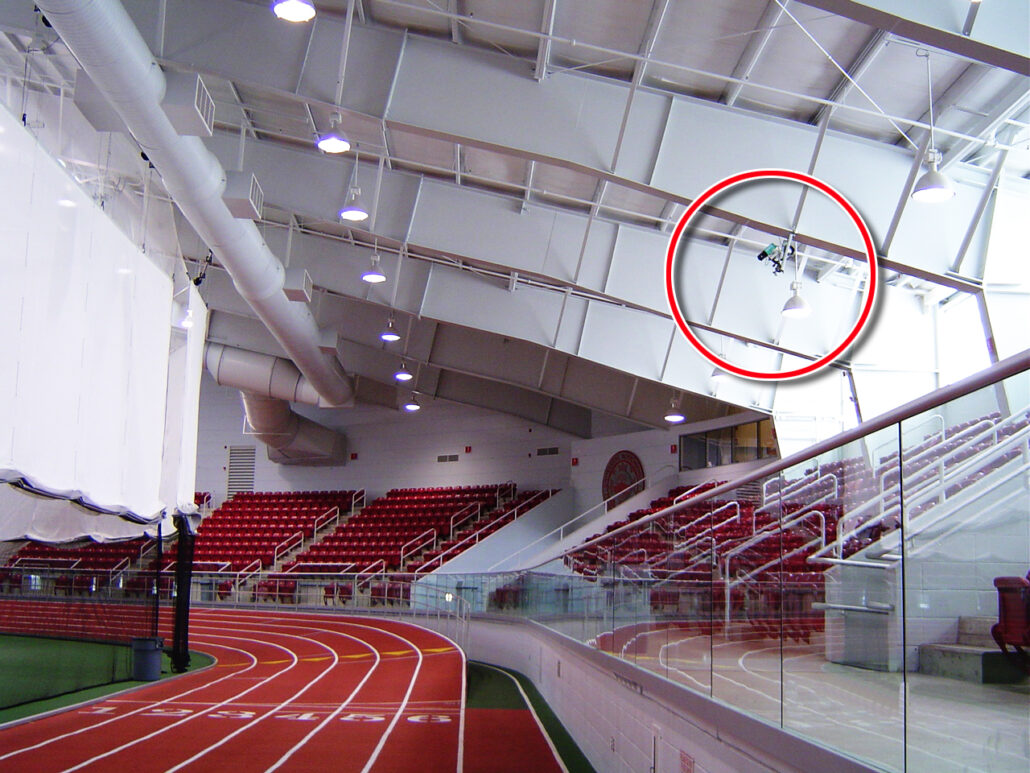
We’ve helped architects, contractors, and builders install FinishLynx timing systems in thousands of sports venues across the world. Outfitting a new stadium with a state-of-the-art results network can be a long process. That’s why we prepared technical resources to support you every step of the way.
In general, the earlier you integrate Lynx technology into the infrastructure of your stadium, the more flexible and seamless your final results network can be. This is especially true for large, multi-sport athletic complexes. But providing adequate access to power, conduits, networking, and junction boxes is essential for venues of any size.
We believe FinishLynx is the most powerful and flexible sports timing system in the world. And after 20 years of supporting new stadium constructions, we have the credentials to show for it. FinishLynx technology can be found in the elite-level venues across every major sport, including Athletics, Cycling, Rowing, Speed Skating, Horse Racing, Greyhound Racing, and various Motor-Sports applications. Major Track & Field venues include:

CONNECTIONS
All cables & connectors are industry standard and can be installed by most licensed electrical contractors, including Serial, Ethernet, XLR-3, and Fiber Optics.

UNDERGROUND CONDUITS
Underground conduits are essential for running wires throughout the venue to support timing cameras and accessories. Recommended 2″ min. width & 45° or 90° elbows.

JUNCTION BOXES
Junction Boxes – Should be located near the finish line – ideally on both inside and outside of the track. Provide AC Power and optional access to Serial, Ethernet, and XLR-3 cables.

WEATHER-PROOF MATERIALS
Venues should provide adequate protection for all cables and connections against wind, water, and snow. This includes outlet covers, conduit caps, & junction box drainage.
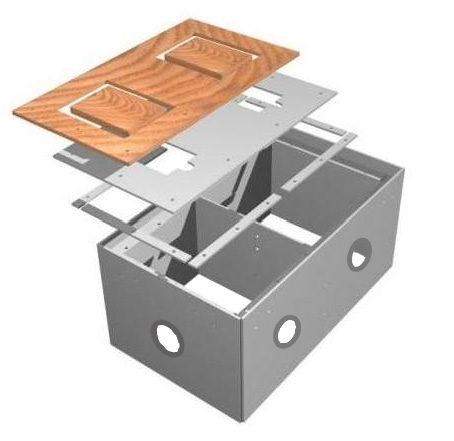
Junction boxes are made by a variety of manufacturers, including Gill VersaCom Boxes, Sportsfield Specialties ComBox units, and Christy Concrete Electrical Boxes. A typical in-ground junction box is installed with either a drainage pipe, or an open bottom that drains to the substrate layer of the track. When connecting the junction boxes via conduits under the track, it is done most commonly with 2″ PVC pipe and two 45° elbows (sweep elbows) on each end.
It is best to have at least three of these conduits at or near the finish line connecting the junction boxes inside and the outside the track. This will provide an adequate level of redundancy and room for expansion. One half of each box will be used for power cables, and the others will be for communication wires. If possible, these conduits should be capped and watertight. It’s important to note that if fiber-optic cable is run under the track, the conduit should not have a sharp 90° elbow on either end. Fiber-optic cables require more gradual sweep elbows (45°) to prevent damage when they’re being pulled through the conduit.
The infrastructure requirements for a timing system at an entry-level track facility are very simple. In some situations, however, it may not possible to run conduits under the track. In such cases, a completely wireless FinishLynx timing and results infrastructure may be an option. The recommended minimums for timing systems include:
If you’re looking to install a fully automatic timing system in a large, multi-purpose facility, we highly recommend additional conduits and junction boxes. See the advanced infrastructure diagram (right) for more information. The requirements for large, multi-sport facilities include:
